|
Guest blog post provided by Corinne Jacob of Alternate Tutelage Raising TadpolesHow to ignite a child’s interest in science? It’s simple: ignite their curiosity! By using resources like science activities, you will be able to introduce children to science as it happens. Kids can learn about plants and other living organisms by growing them and observing their behavior. Scientific explanations may not be necessary when you use simple experiments for younger children. However, these activities will encourage children to ask questions, and they will observe the way elements react and their outcomes in natural settings. Raising tadpoles will show children the life cycle of a frog. Collect frog spawn from a pond. Fill a fish bowl or a plastic tub with non-chlorinated water. This can be rain water or tap water that has been exposed to sun light for at least a week. It takes around 6 to 12 weeks for the egg to grow into a frog. It may take longer in cold weather. Tadpoles can be fed boiled and chopped lettuce that has been frozen into cubes. But as they grow into froglets, they will need something more substantial like bloodworms and insects. It is best to release the frogs back into their pond when they start developing their legs or you will have a whole lot of them hopping around your home!
Cultivating Bacteria Bacteria are everywhere. With this easy-to-put-together activity, children can watch bacteria grow into colonies. You will need nutrient agar, a sterile cotton swab and sterile petri dish. Heat nutrient agar and pour it on the petri dish. Rub the cotton swab along a small area; it could be the floor or the back of your arm. Next, rub the swab in a few light strokes on the agar plate. Seal the plate and place it in a warm area for two to three days without disturbing it. Kids will soon start seeing bacteria grow!
With fun science activities such as these, it is not hard to get children excited about science, is it? About the AuthorCorinne Jacob is a writer who is convinced that kids learn best when they’re having fun. She is constantly on the lookout for new and exciting ways to make learning an enjoyable experience. Corinne loves all things that scream out un-schooling, alternative education and holistic learning.
0 Comments
Leave a Reply. |
Good Morning, Ms. Williams!Creating, Blogging & Sharing Educational Resources Categories
All
|
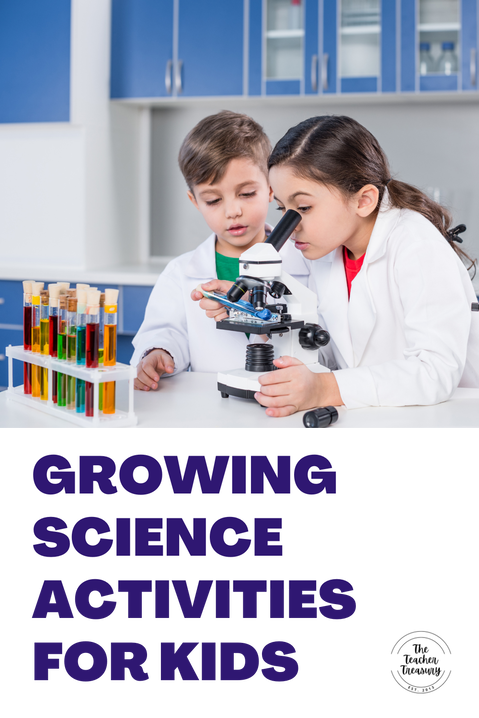
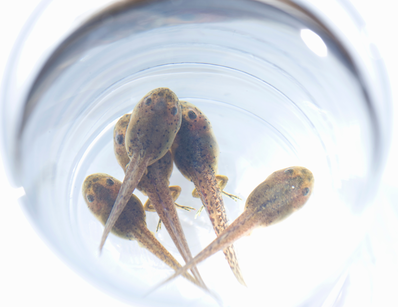
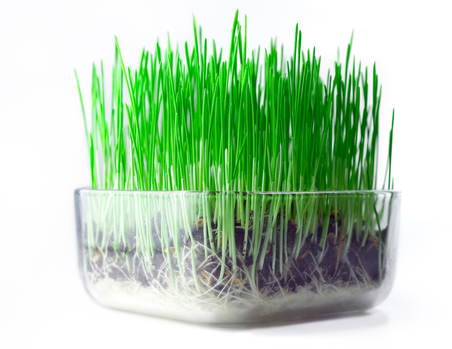
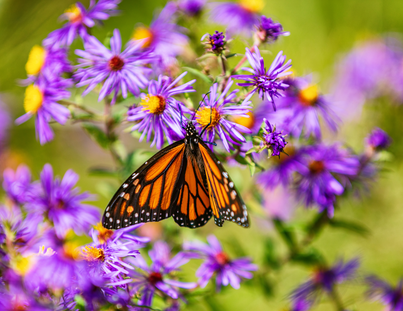
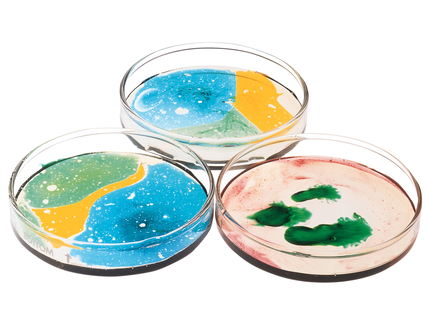
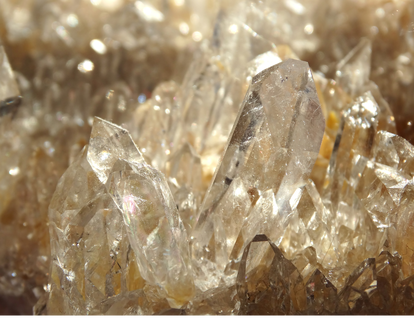







 RSS Feed
RSS Feed